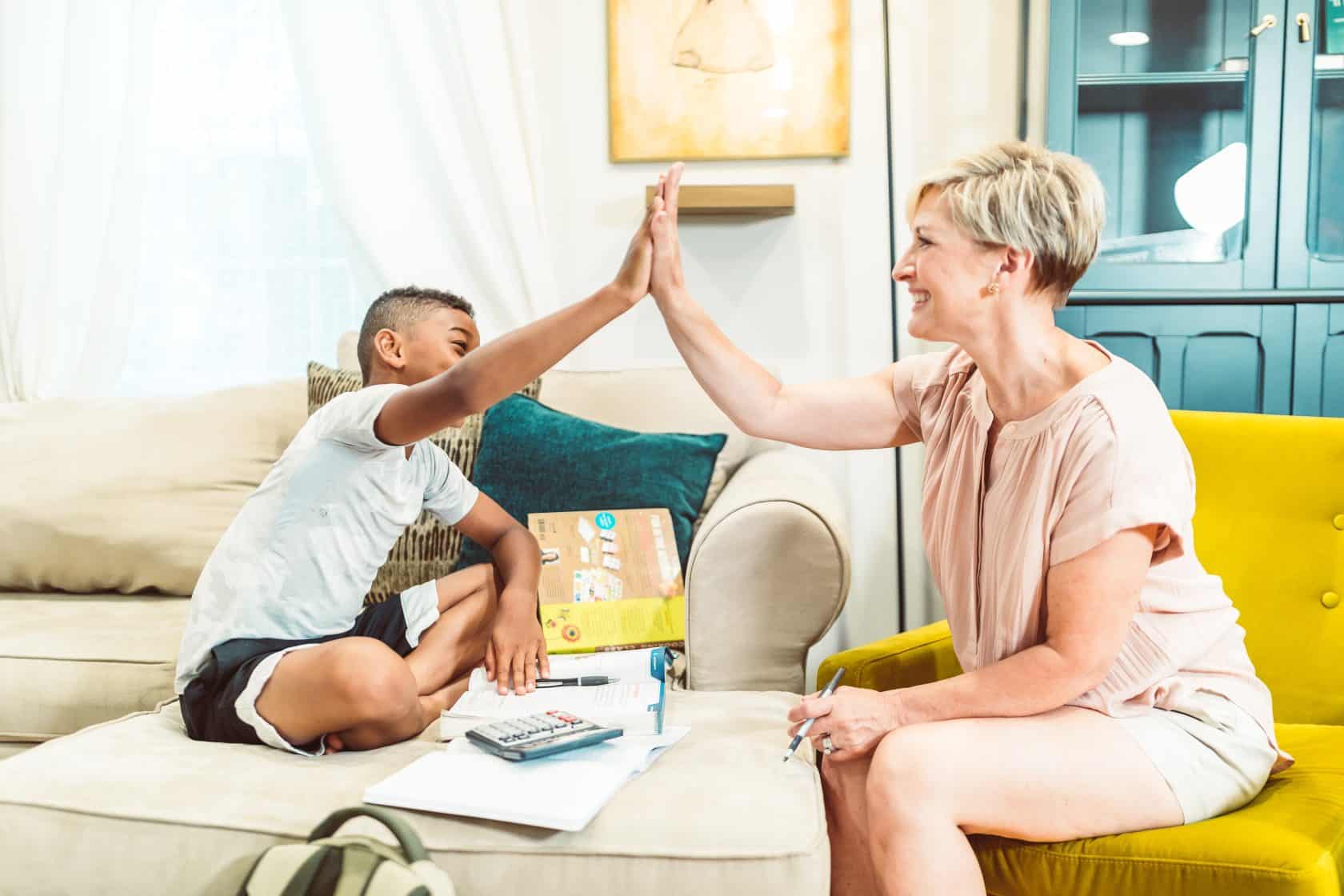Continuous recording is a valuable tool for understanding and addressing behaviors in children with special needs. Here are some examples of how it’s used:
- Identifying triggers: Continuous recording helps pinpoint specific situations or stimuli that lead to certain behaviors.
- Measuring progress: By consistently recording behaviors over time, professionals can track changes and evaluate the effectiveness of interventions.
- Informing treatment plans: Data collected through continuous recording guides the development of personalized strategies to support the child’s growth and development.
| Behavior |
Example of Continuous Recording Use |
| Self-injurious behavior |
Tracking frequency and duration to assess severity and develop a safety plan |
| Verbal outbursts |
Identifying patterns and triggers to create a positive behavior support plan |
Continuous recording provides a wealth of information that empowers parents and professionals to better understand and support children with special needs, leading to more effective interventions and improved outcomes.
This post was originally published on August 18, 2023. It was updated on May 1, 2024.















